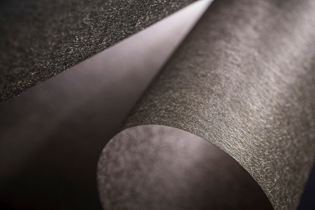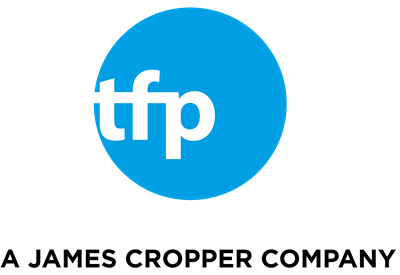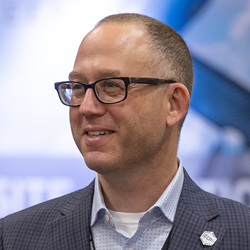The incorporation of EMI shielding into composites is necessary in a wide range of applications — such as electronics and battery enclosures for AAM, automotive and aerospace — where EMI could interfere with the operation of the device, vehicle or aircraft, ultimately compromising security and control.
TFP’s conductive nonwoven materials provide a solution, possessing a combination of properties that make them highly infusible, flexible, lightweight and an effective EMI shield. This combination allows them to overcome challenges in both application and process that more traditional substrates such as films, foils and paints struggle to achieve. In this webinar, Dr. Mark James will introduce TFP’s conductive nonwovens, their lightweight structure and EMI shielding capability. He will discuss how they are easily incorporated into composites to impart this functionality to the surface of a part, with some typical examples. Mike Campbell and Adam Halsband will then provide a case study on a new development for TFP materials as an EMI enhanced SMC compound. This compound is designed as a scalable, cost-effective solution for high throughput BEV applications, such as battery enclosures.
Agenda:
- An introduction to TFP’s conductive nonwovens, their structure and manufacture
- The key physical properties and how they are tailored to suit end-use requirements
- How conductive nonwovens can be used effectively in a variety of applications
- A case study on the development and use of TFP’s veils in an EMI enhanced SMC compound for BEV applications














